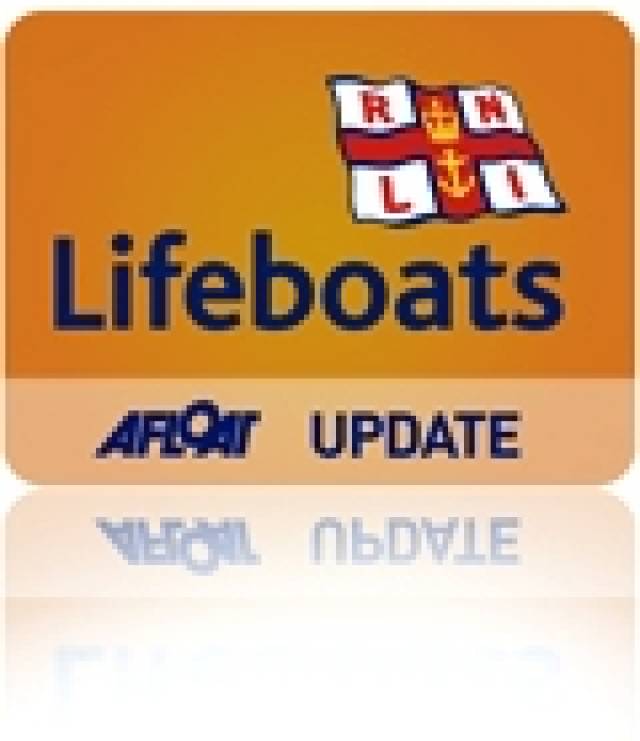At five minutes to three this afternoon, Swansea Coastguard received a 999 call from the car park attendant at Nash Point lighthouse on the Irish Sea reporting that a group consisting of one man and three children had not returned to their car after some time had passed.
Swansea Coastguard called out Coastguard rescue teams from Barry and Llantwit Major and requested the launch of the Atlantic College lifeboat and requested the scramble of a rescue helicopter.
The rescue helicopter from RAF Chivenor was tasked to attend. When the lifeboat arrived on scene the crew were able to confirm that all the individuals were sitting on a rock formation cut off by the tide about 4 metres from the water’s edge.
The lifeboat was unable to rescue them due to the prevailing sea conditions but stood by as the rescue helicopter winched the individuals into the aircraft. They were then transported to a landing site set up by the Coastguard Rescue Teams.
The weather conditions on scene were South Westerly, Gale Force 8 with rough seas.
Phil Coles, Swansea Coastguard said:
This group had gone to the car park with the aim of exploring the beach on a fossil hunt. Clearly they were cut off by the tide which then impeded their return. The concern raised by the car park attendant resulted in them being rescued.
We would always recommend people undertaking coastal activities, check the weather, check the tide times and make the appropriate assessment of the activity they are undertaking.
If you see anyone in trouble at the coast, dial 999 and ask for the Coastguard.































































